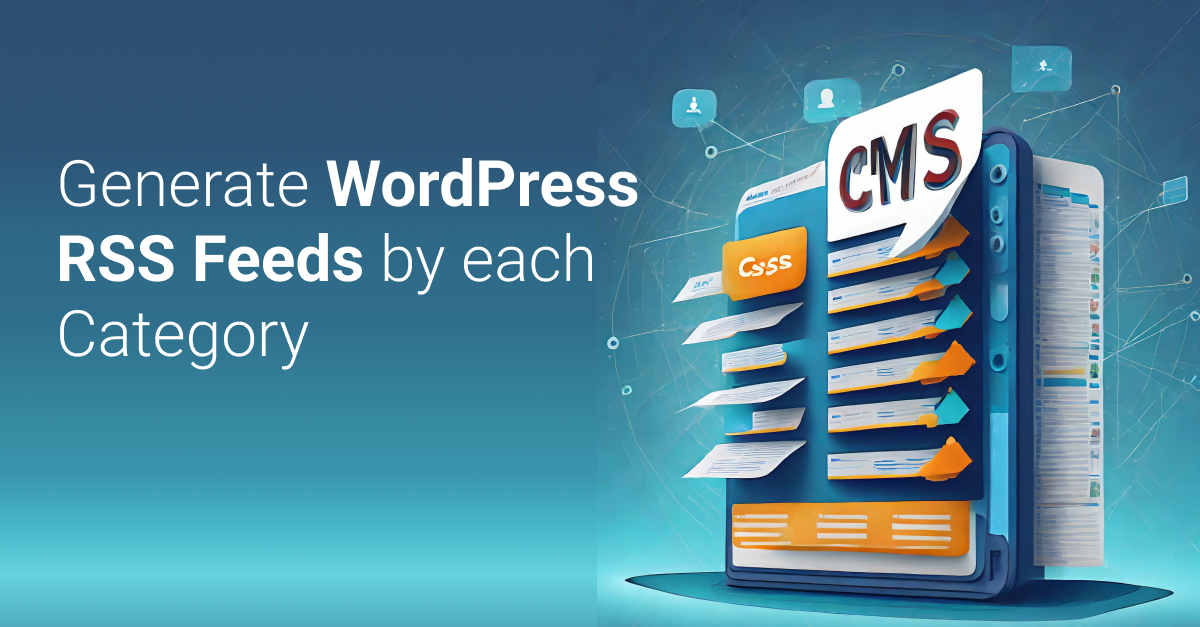Leveraging RSS Feeds for Local SEO: Strategies for Targeting Local Audiences with Practical Examples
Contents
- 1 Understanding Local SEO and its Importance
- 2 Introduction to RSS Feeds and Local SEO
- 3 Creating Location-Specific RSS Feeds
- 4 Integrating Geo-Targeted Keywords
- 5 Syndicating Local Content Across Platforms
- 6 Optimizing Business Listings with RSS Feeds
- 7 Measuring Local SEO Performance with RSS Feed Analytics
- 8 Future Trends in Local SEO and RSS Feed Integration
Local SEO is a powerful tool for businesses to attract nearby customers. By improving your position in local search results, your business becomes more visible to people in your area. RSS feeds, although a bit technical sounding, are simply ways to automatically share your content across the web. This can be particularly helpful for improving your local search rankings and getting more people through your doors.

Understanding Local SEO and its Importance
Local SEO means ensuring your business shows up when people nearby search for something you offer. This is crucial because many customers still prefer shopping or dealing with service providers close to them. Effective local SEO helps increase your visibility, meaning more customers and sales.
Example: A local bakery might optimize its website to appear when someone searches “fresh pastries near me” or “bakery in [City Name].” By appearing at the top of these search results, the bakery drives more local customers to its website and store.
Implementation Steps:
- Identify Relevant Keywords: Research keywords that potential customers might use to find bakeries in your area.
- Optimize Website Content: Incorporate these keywords naturally into your website’s titles, meta descriptions, and blog posts about your products.
- Create a Google My Business Profile: Ensure your bakery is listed on Google My Business, which helps it appear in local search results and on Google Maps.
- Monitor Your Results: Use tools like Google Analytics to track how often your site appears in search results and how many visitors it attracts.
Introduction to RSS Feeds and Local SEO
RSS feeds help you distribute your content automatically and keep your audience updated with new posts without them having to check your site constantly. For local SEO, RSS feeds can push your local content to different platforms, helping you reach a more targeted audience.
Example: A real estate agency can use an RSS feed to distribute listings for new homes on the market within a specific region, ensuring prospective buyers receive timely updates.
Implementation Steps:
- Set Up the RSS Feed: Create an RSS feed for your real estate listings. Each listing should include a title, description, and a link to the listing on your website.
- Promote the Feed: Share the RSS feed link on your website and social media, encouraging potential buyers to subscribe for updates.
- Engage with Subscribers: Regularly update the feed with new listings and useful information for home buyers to keep subscribers engaged.
- Analyze Performance: Use analytics tools to monitor how many people subscribe to the feed and interact with the content.
Creating Location-Specific RSS Feeds
You can create RSS feeds that specifically focus on news and events from your area. This could include blog posts about local issues, news articles, or upcoming events. This kind of local focus in your RSS feeds helps engage local readers and keep them informed.
Example: A community news website could create separate RSS feeds for each neighborhood it covers. Subscribers can choose their specific area to receive news and events relevant to their locality, like a feed just for “Downtown events” or “Uptown school news.”
Implementation Steps:
- Organize Content by Location: Segment your news articles and events by neighborhood or area.
- Create Multiple RSS Feeds: Set up a separate RSS feed for each segment, ensuring that content is relevant and localized.
- Promote Feeds to Local Audiences: Market each feed to the respective local community through social media, local forums, and email newsletters.
- Monitor Local Engagement: Use localized analytics to see which areas are most engaged with your feeds and tailor content accordingly.
Integrating Geo-Targeted Keywords
It’s important to include local keywords—like your city, neighborhood, or landmarks—in the content you syndicate through RSS feeds. These keywords help search engines understand where your focus is and show your content to users in that area.
Example: If a local health clinic wants to reach more people in its area, it might include keywords like “emergency clinic in [Neighborhood]” or “24-hour pharmacy near [Landmark]” in its RSS feed content. This practice helps search engines show their content to those searching in or near that location.
Implementation Steps:
- Keyword Research: Identify local search terms related to your services.
- Optimize Feed Content: Include these keywords in your RSS feed entries, especially in titles and descriptions.
- Distribute the Feed: Share the feed on your website and with local health directories or community boards.
- Evaluate Effectiveness: Regularly check your search engine rankings and feed analytics to assess the impact of your keyword strategy.
Syndicating Local Content Across Platforms
You can share your RSS feeds on social media, local business directories, and other platforms. This helps ensure that your local audience sees your content, which can drive local traffic and increase your local search rankings.
Example: A local restaurant could syndicate its weekly special menu via an RSS feed to local food blogs, culinary groups on social media, and restaurant directory websites. This would increase visibility among food enthusiasts in the area.
Implementation Steps:
- Create the RSS Feed: Set up an XML file or use a content management system (CMS) like WordPress to manage your content.
- Validate the RSS Feed: Use an RSS feed validator tool to ensure your feed is properly formatted and error-free.
- Publish the Feed: Upload the XML file to your website, typically in the root directory or in a dedicated folder like /rss/.
- Share the Feed with Local Food Blogs, Culinary Groups, and Directories: Reach out to local food bloggers, social media groups, and restaurant directory websites that are relevant to your target audience.
Optimizing Business Listings with RSS Feeds
You can also use RSS feeds to keep your business listings updated across various directories. This is a great way to ensure your business information is consistent and up-to-date, which is vital for local SEO.
Example: An auto repair shop could set up an RSS feed to update its business hours, services, and seasonal promotions across multiple online directories like Yelp, Google My Business, and local automotive service listings. This keeps their information consistent and up-to-date across the web.
Implementation Steps:
- Create the RSS Feed: Develop an RSS feed that includes updated information about your business, such as new services, hours, or promotions.
- Validate Your Feed: Ensure that the RSS feed is correctly formatted and free of errors using a validator tool.
- Distribute the Feed: Submit your RSS feed to various online directories that accept RSS inputs to update your business listings.
- Monitor Listings for Consistency: Regularly check these directories to ensure that your business information is displayed correctly and consistently.
- Update as Needed: Frequently update the feed content as your business information changes to keep all listings current.
Measuring Local SEO Performance with RSS Feed Analytics
You can use tools that analyze your RSS feed’s performance to see how well your efforts are working. Look for metrics like how many people are clicking on your content and where they’re located. This can help you tweak your strategies to better target your local audience.
Example: A boutique store could track how many online visitors clicked through from the RSS feed on local fashion blogs to their website. Analyzing these metrics helps them understand which content works best and which local blogs drive the most traffic.
Implementation Steps:
- Integrate Analytics Tools: Utilize RSS analytics tools, to track engagement metrics like click-through rates and subscriber counts.
- Analyze Traffic Sources: Identify the platforms and feeds generating the most traffic to your website, allowing you to focus on high-performing channels.
- Adjust Content Strategy: Based on the analytics data, refine the content published through your RSS feeds to better align with your audience’s preferences and interests.
- Engage with Top Referrers: Strengthen relationships with platforms driving significant traffic to enhance visibility and reach. This could involve collaborating on content or offering exclusive promotions.
- Monitor and Iterate: Continuously monitor your feed’s performance and make necessary adjustments to maintain or improve results, ensuring ongoing growth and success.
Future Trends in Local SEO and RSS Feed Integration
With the rise of mobile and voice search, local SEO strategies will likely adapt to these technologies. For instance, optimizing RSS feeds for voice search could involve using more conversational keywords or phrases likely used in spoken queries.
Using RSS feeds can significantly boost a business’s local SEO efforts. By following the examples provided, companies can ensure their local content reaches the right audience, keep their business listings updated, and track the performance of their SEO strategies effectively. Implementing these methods can improve search rankings, more local traffic, and higher engagement rates.



